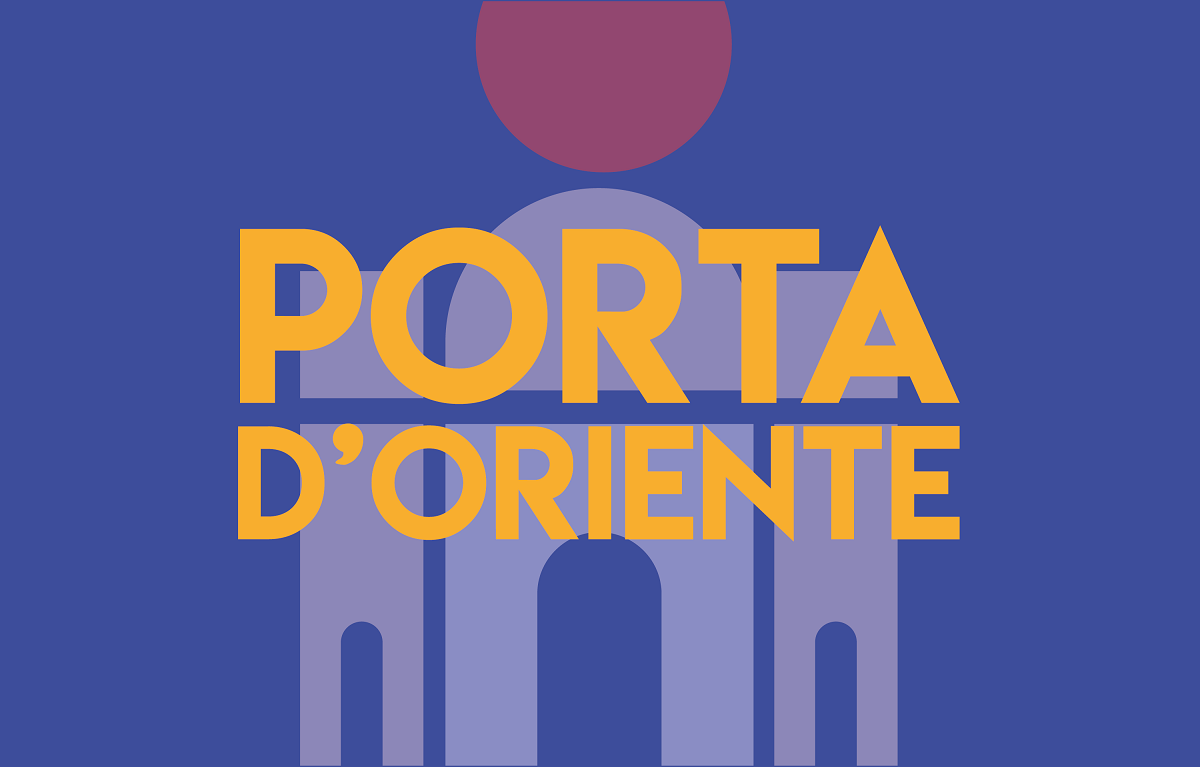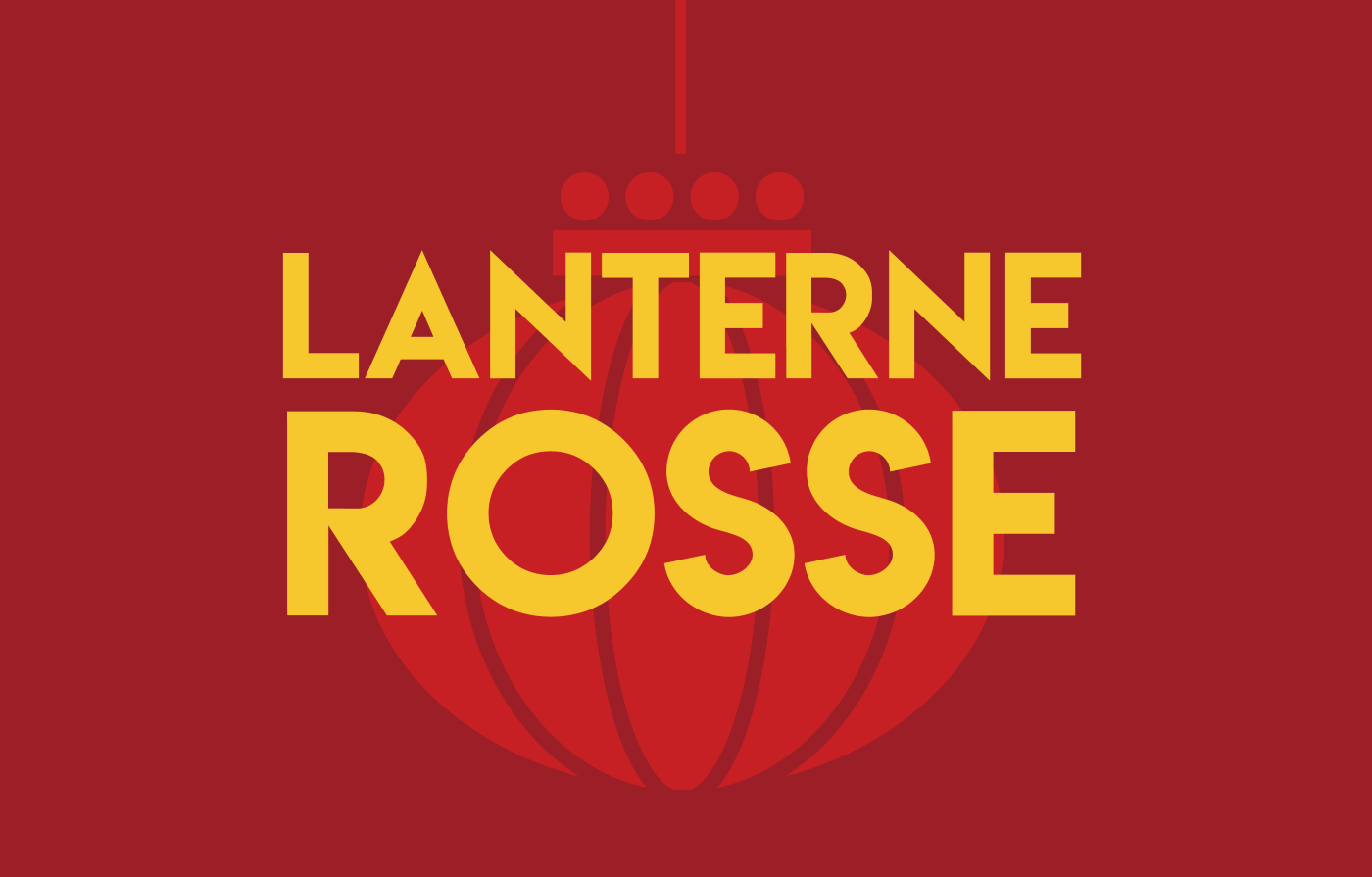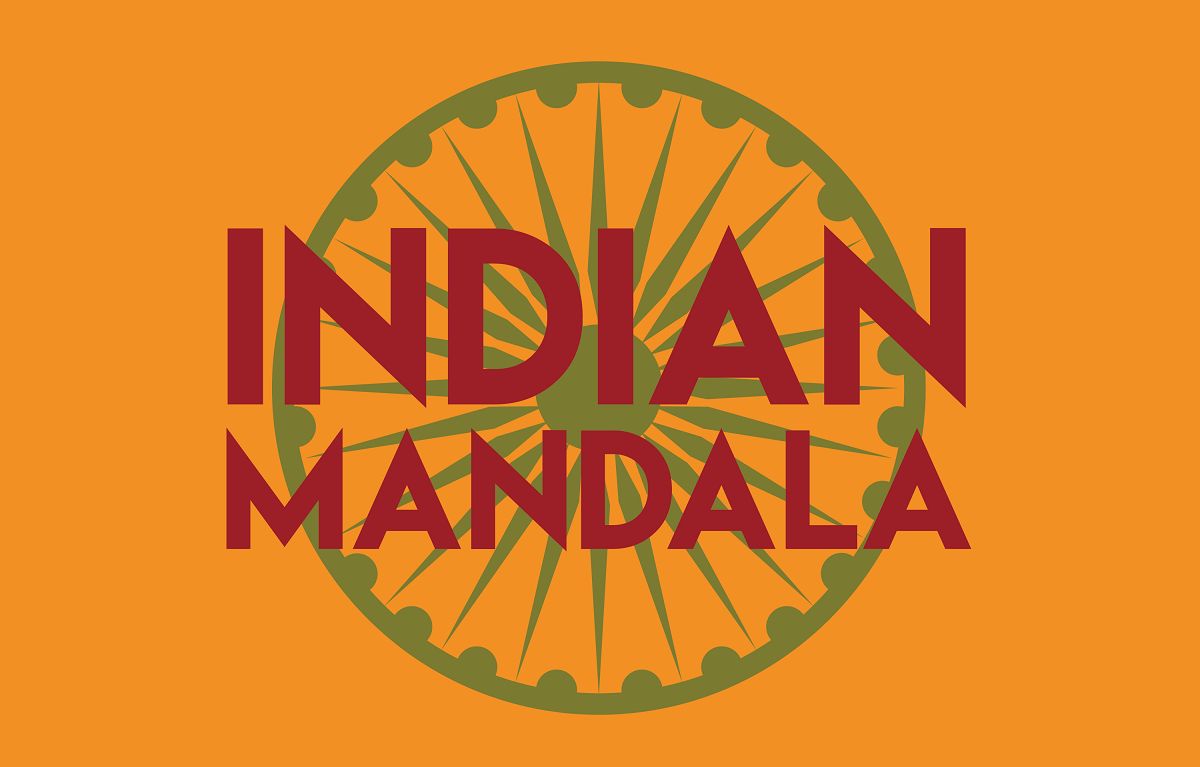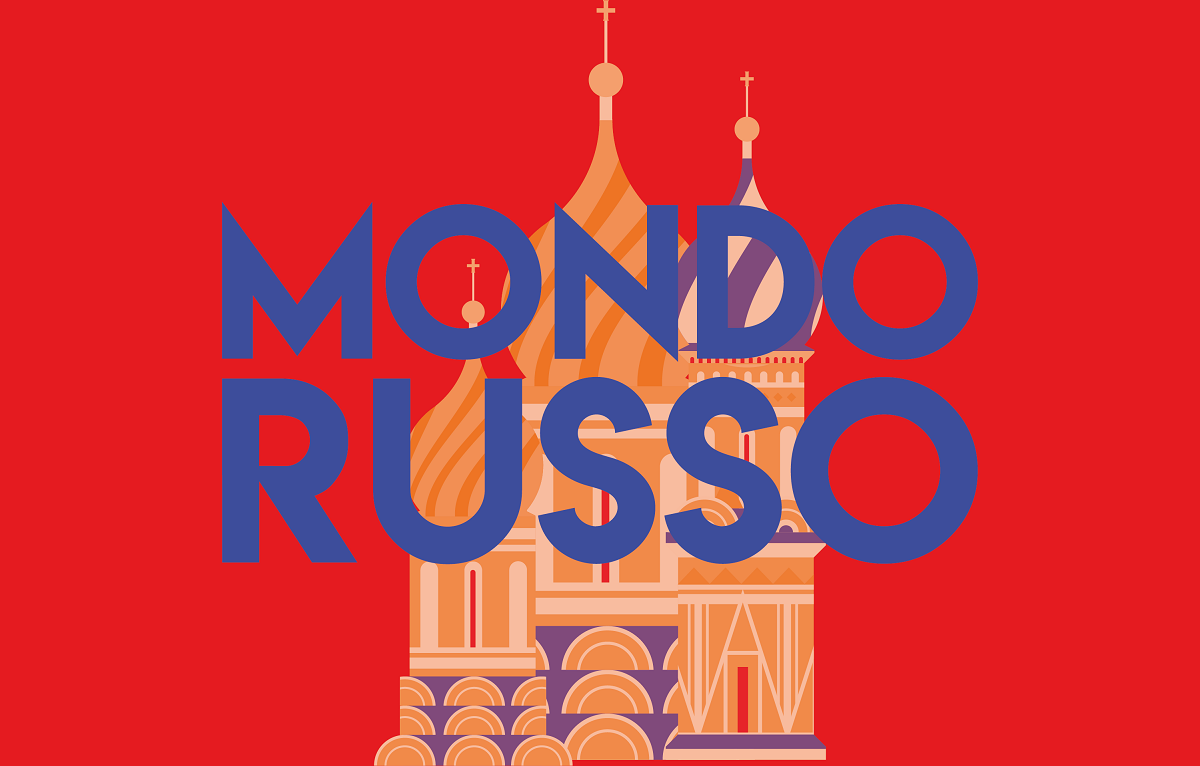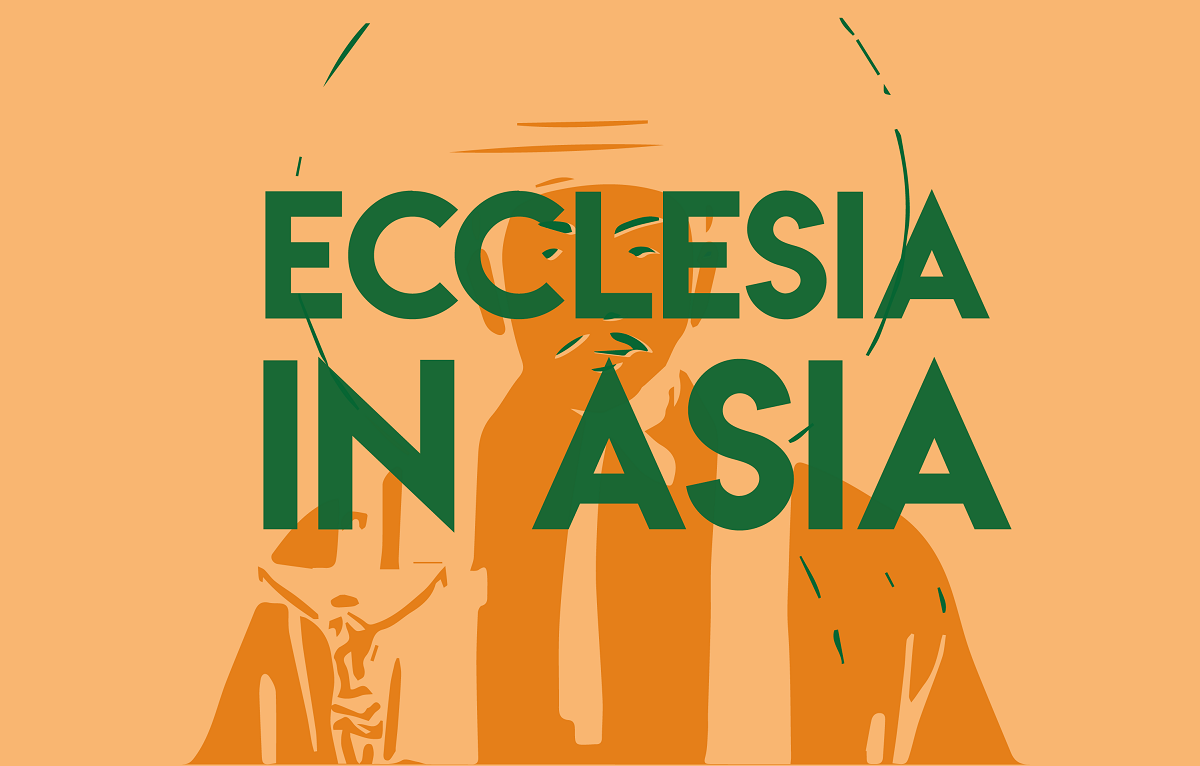Lavrov in Yerevan and the delicate Russo-Armenian balance
Protests erupt during the visit of Moscow’s Foreign Minister, whom many Armenians blame for failing to support them against Azerbaijan. Russia offers reassurances on the importance of "allied relations" between the two nations, also aimed at countering Armenia’s rapprochement with Europe. Yerevan, however, has no plans to withdraw from the CSTO.
Yerevan (AsiaNews) – Protests took place in Yerevan during the official visit of Russian Foreign Minister Sergei Lavrov, who met with his Armenian counterpart, Ararat Mirzoyan. The demonstrations were organised by groups advocating for closer ties between Armenia and the West, including Arman Babajanyan, leader of the “For the Republic” party, Tigran Khzmalyan, president of the “European Party of Armenia”, human rights activist Artur Sakunts, and others. Protesters held placards and banners reading “Murderers” beneath photos of Lavrov and Vladimir Putin.
According to local media, police asked the demonstrators to vacate the area in front of the Ministry of Foreign Affairs and remain on the adjacent pedestrian strip. When Babajanyan refused to comply, tensions escalated and police eventually succeeded in pushing the crowd to the opposite side of the street.
During his meeting with Mirzoyan, Sergei Lavrov affirmed that “Moscow is always ready to support Armenia’s sovereignty and territorial integrity in every possible way,” highlighting the importance of the “allied relationship” between the two countries and the need to build on the “firm foundation” already in place in their bilateral ties. Armenia has depended on Russian protection since the time of the genocide at the hands of the Turks. Despite fluctuations in their relationship during the Soviet era and beyond, including the Nagorno-Karabakh war with Azerbaijan, Armenians have never completely severed ties with Russia. Currently, much of public opinion in Armenia expresses resentment over the lack of Russian military support against the Azerbaijanis and a desire to strengthen relations with France and other European partners. Lavrov’s visit aimed to restore some balance in Armenian sentiment toward Russia.
In an interview with Russian television channel Rossiya 24, Minister Mirzoyan responded to questions by clarifying his remarks on the “ineffectiveness of the current security architecture”, citing several instances in which greater support from Russia was expected. In his view, “Armenia has learned through experience that this approach needs to be re-evaluated”, although he stressed this does not mean breaking the alliance with Russia or the CSTO, the Eurasian security bloc from which Armenia is gradually distancing itself—without entirely severing ties. He reiterated that “our mutual obligations, rights, and intentions are clearly defined in official agreements, which have been signed and ratified, and no one intends to annul them.”
Nonetheless, Armenians continue to express their dissatisfaction with the CSTO for its “lack of response to very concrete events”, and Yerevan currently does not plan to participate in the alliance’s activities. During Lavrov’s visit, a “scheduled consultation” agreement was signed between Armenia and Russia for the 2025–2026 period. The Russian foreign minister also met with Prime Minister Nikol Pashinyan and President Vahagn Khachaturyan. Lavrov sought to present a “welcoming” image of Russia to a country that, even during the Soviet period, managed to maintain its cultural and linguistic identity, remaining one of the least “Russified” republics and preserving a distinctive capacity for self-expression—still one of the hallmarks of the Armenian people today.
07/02/2019 17:28





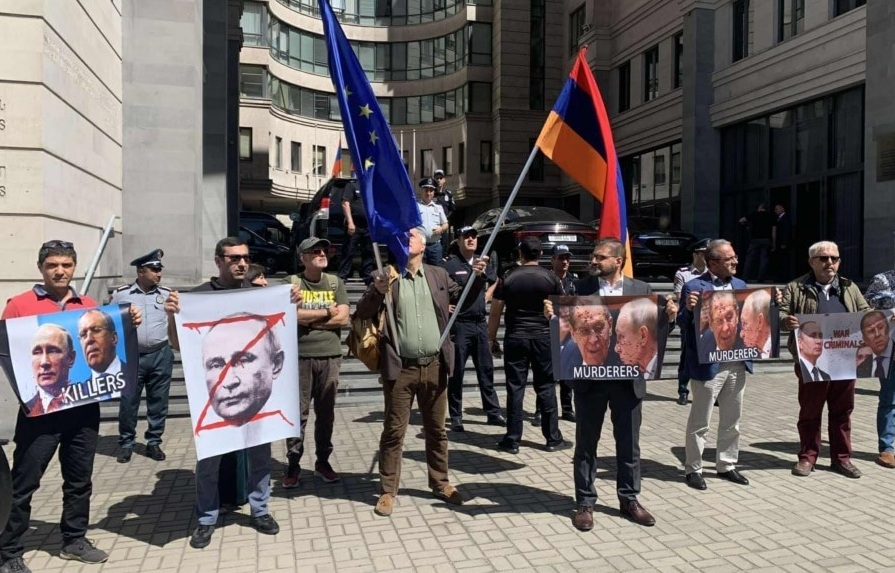

.png)
